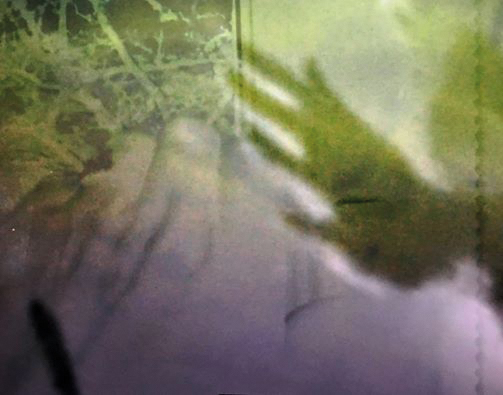
[dropcap]L[/dropcap]ast Breath, a filmic artwork by Marie Brett, was screened at the Irish Museum of Modern Art (IMMA) on Thursday 1st November. The film explores the meaning of death through art and is based on extensive research in ethics and folklore as well as being informed by healthcare and palliative processes.
Brett, Artist-in-Residence at IMMA, deals with the difficult, and often unspoken, themes of death and loss in her work. In this artwork, she does not shy away from the realities of death, but she deals respectfully and thoughtfully with the subject.
The film is short at just 10 minutes running time, but it shows exceptional insight and sensitivity despite its brevity. Brett researched and explored thanatology, the scientific study of death and the practices associated with it, to inform and underpin the content of the piece.
Brett has an interest in Irish folklore and death rituals, particularly work around the female supernatural and she was also inspired by ‘Dante’s Inferno’ and Japanese films, including ‘Departures’.
Speaking after the screening, she said, “One of the biggest challenges was to stay true to the film in representing a difficult place of the unknown – what happens during and after a last human breath. To allow for a “what if” and to not feel obliged to pull back and end up censoring creative possibility”.
Funding was provided by the Arts Council of Ireland, Irish Museum of Modern Arts and UCD Parity Studios. This piece of work brings together sounds and images to create an intense and poignant journey for the viewer, which stays in the consciousness long after the film is over.
Brett worked with anthropological sound artist Michelle Collins to create the vocal landscape for the film. Collins is a specialist in keening (a wail in grief for a dead person) and the evocative sounds provide another layer of energy for the viewer.
The film was edited by the artist with cinematographer Colm Mullen and was the culmination of over two years researching with scholars and healthcare professionals in Ireland. Brett also travelled overseas to witness death rituals from different perspectives.
Some of the images are ethereal and shadowy while others are vivid and direct, such as the image of the open mouth of the dying person. This is stark and surprising at first, but blends into the more familiar images of folklore, such as the covering of mirrors, to create a powerful narrative.
Folklore, and the changes in rituals around death, particularly in Ireland, is explored in the use of contrasting images. Soft hazy images are juxtaposed with hospital equipment to show how death has moved from the home to a hospital environment.
The image of death, expressed by the ebbing breath, is slightly disturbing as it is such a private moment and yet so beautifully portrayed. The level of intricate detail in the piece is stunning and the silence in the screening room was a sign of the powerful feelings that the work stirred up. A thoughtful and thought-provoking piece about the most inevitable part of living.
Judy Williams
Image credit: artsandhealth.ie


